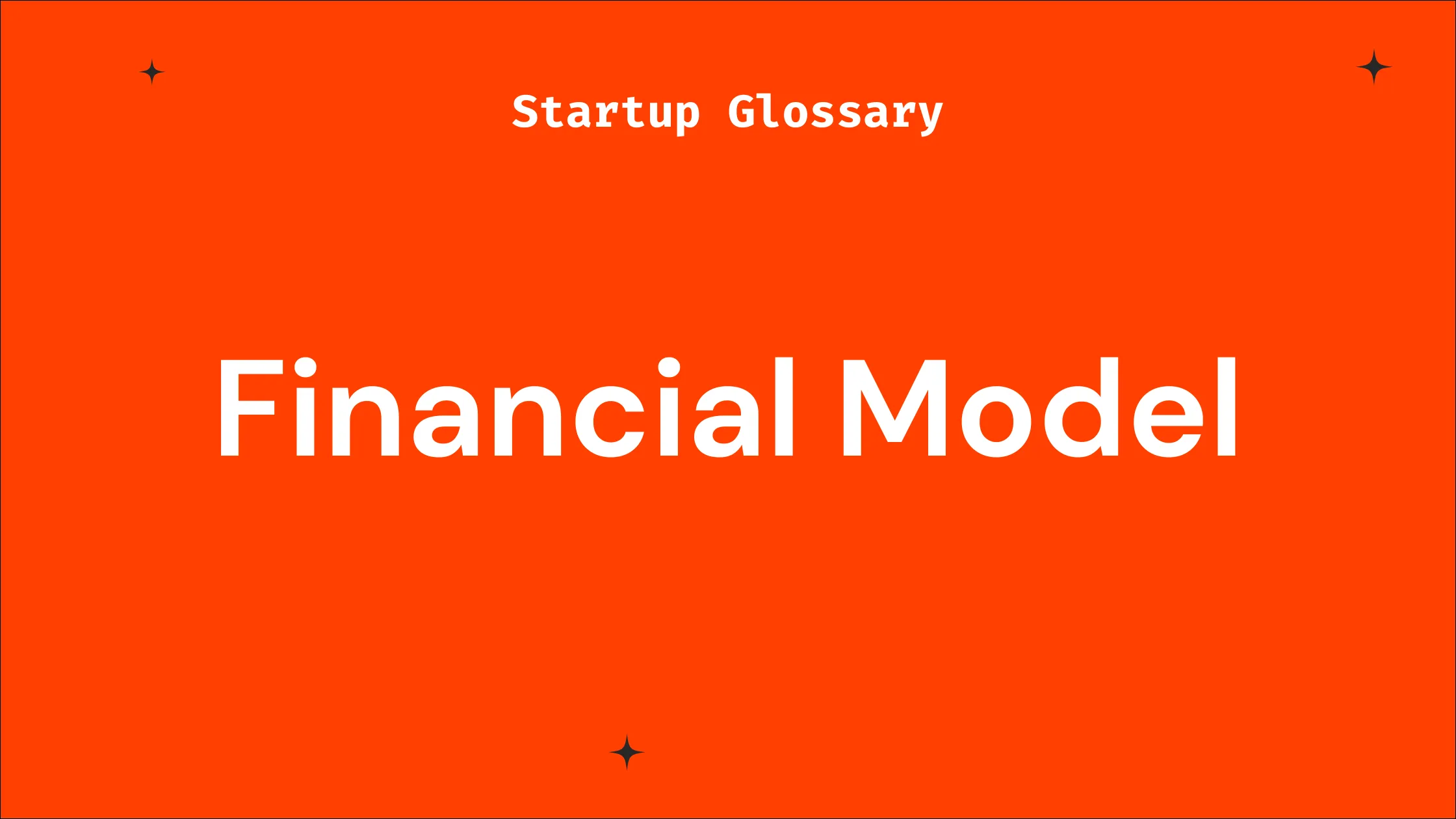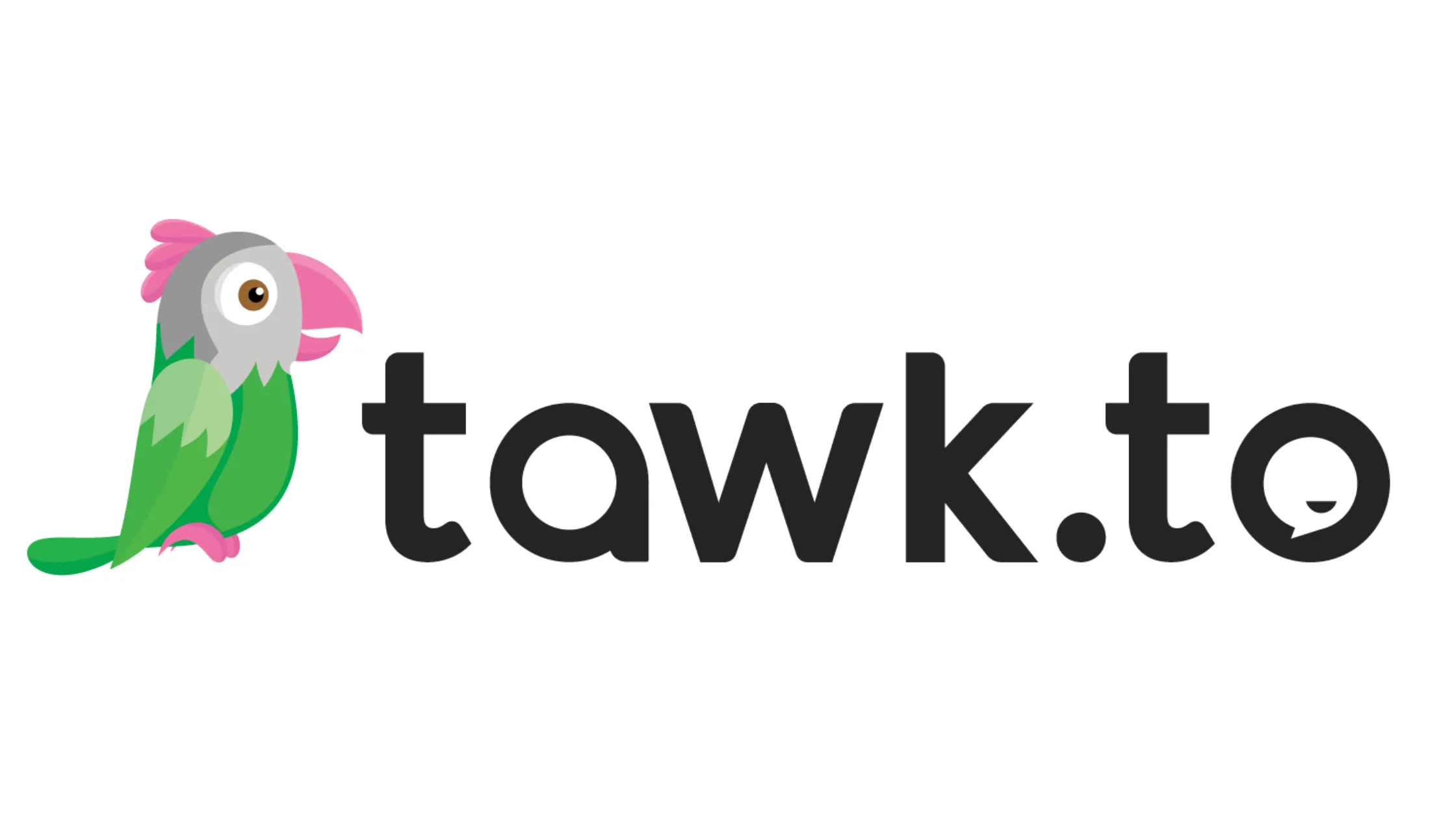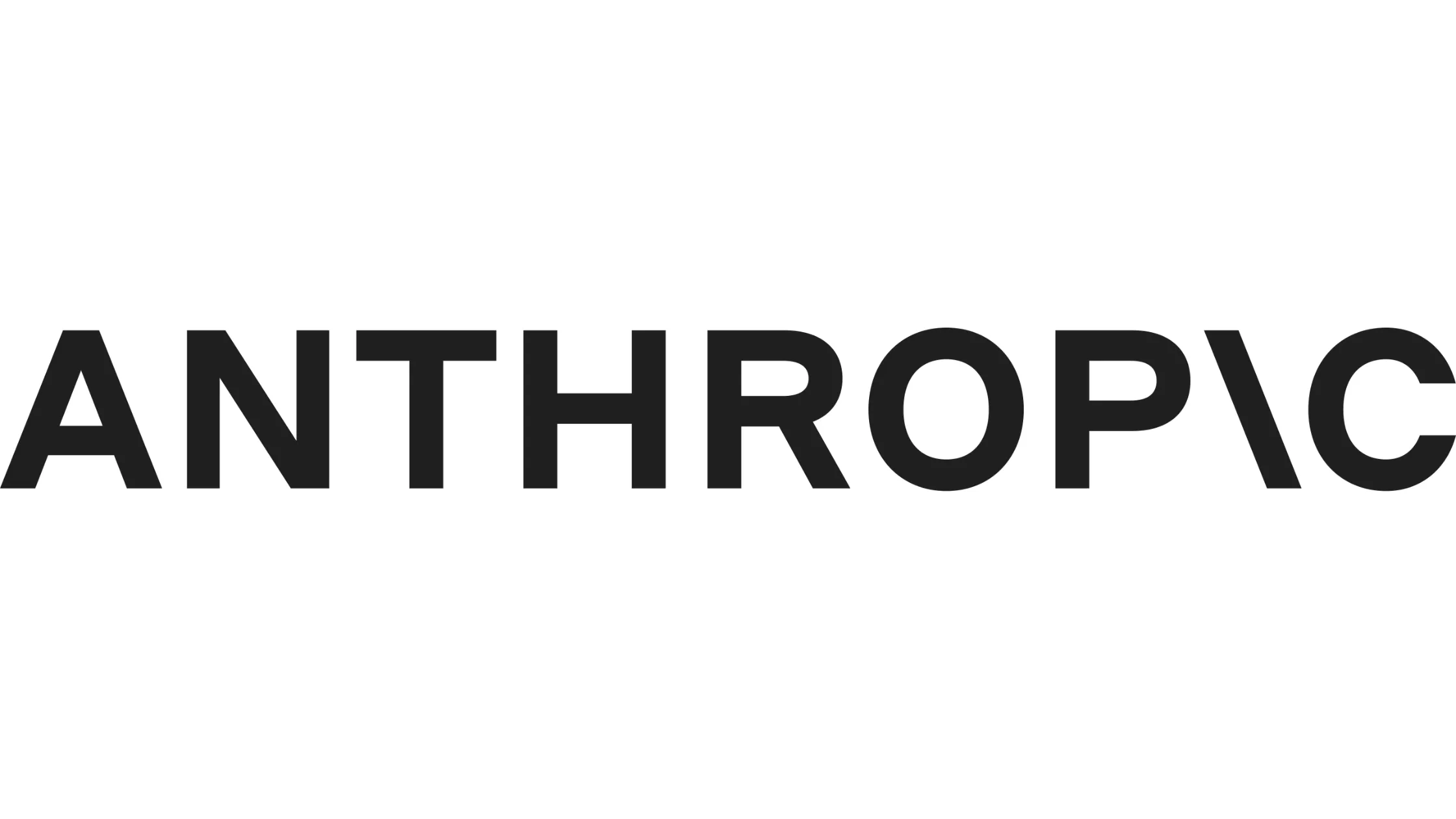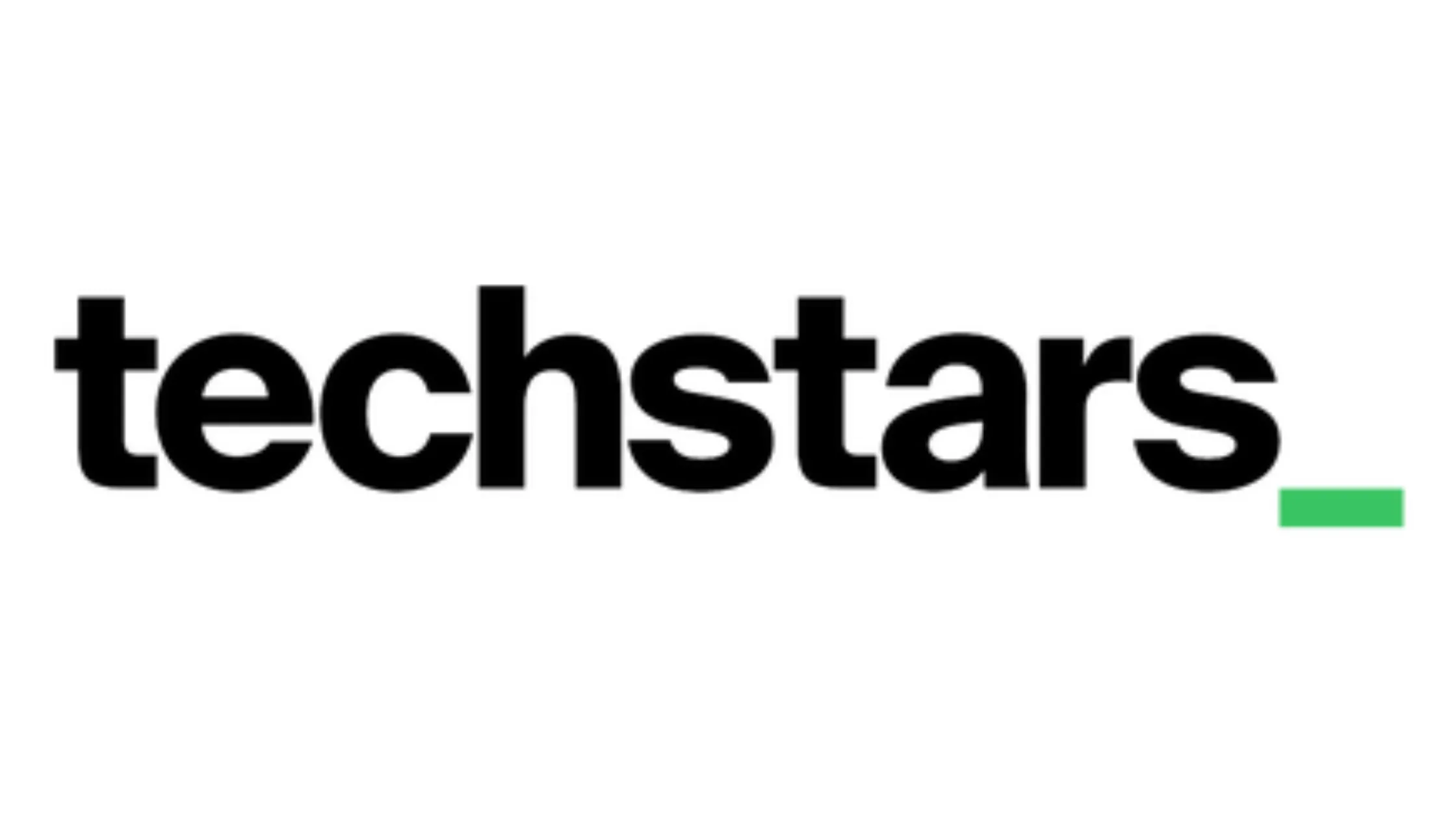
What is a Financial Model?
Learn how to create a startup-ready financial model that aligns your business goals, tracks key metrics, and helps raise investor confidence.
Let’s face it—building a financial model is one of those things founders know they should do but often dread. It's not flashy, and it’s easy to procrastinate when you're busy coding, pitching, or trying to hire that elusive first growth marketer. But if you're running a startup, especially pre-seed or seed stage, a clear financial model isn’t just a spreadsheet—it’s a tool for clarity, confidence, and communication.
I learned this the hard way. At Cuboh (YC S19), we didn’t have a great financial model early on. We had dashboards. We had vibes. But it wasn’t until we needed to fundraise and plan hiring that I realized how essential a simple, useful model could be. So here’s the startup founder’s crash course on how to make one that works.
What Is a Financial Model and Why Should Founders Care?
Think of It Like a Map, Not a Crystal Ball
A financial model is a forecast of your company’s future financial performance. It's built using assumptions about revenue, costs, hiring, growth rates, and more. But here's the kicker: the goal isn't to predict the future. It’s to plan for it.
Your model should help answer:
- How much cash do we need to hit the next milestone?
- When will we need to raise our next round?
- Can we afford to hire that next engineer?
- What happens if revenue grows slower—or faster—than expected?
It’s your strategic GPS. Not always 100% accurate, but damn useful when you're navigating uncertain terrain.
Key Components of a Useful Startup Financial Model
The Five-Sheet Rule
You don’t need a Wall Street-ready model with 20 tabs. Most early-stage startups get by with five core sheets:
- Revenue Model: How do you make money? Break it down by customer segment, pricing, volume, and assumptions like conversion rate or churn.
- Cost of Goods Sold (COGS): What does it cost to deliver your product or service? This might include hosting, vendor fees, or fulfillment costs.
- Operating Expenses (OPEX): Think salaries, rent (if any), software tools, and marketing. This is usually your biggest spend category.
- Headcount Plan: Who are you hiring and when? Include salaries, benefits, and anticipated start dates.
- Cash Flow Summary: The real MVP. This ties everything together, showing runway, burn rate, and your bank balance over time.
Founders’ Most Common Mistakes with Financial Models
Keeping It Real (and Not Just for Investors)
Here’s what I see all the time (and yes, I’ve made these mistakes too):
- Too complicated, too soon: Don’t over-engineer it. If you can’t explain your model to your co-founder in 3 minutes, it’s probably too complex.
- Over-optimistic assumptions: We all believe in hockey sticks, but VCs will immediately slash your top-line if your growth curve screams “delusion.”
- Missing logic checks: Your model should reconcile. If your headcount plan says you have 3 engineers in June, that should show up in your OPEX tab with appropriate salaries and costs.
- No scenario planning: What happens if revenue grows 30% slower? Or you delay a hire? Build a few toggles or separate versions for best/mid/worst-case.
Tools and Templates That Actually Work
Use What You Know (Then Level Up Later)
You don’t need to start from scratch or learn macros.
Try these:
- Google Sheets or Excel – Still the most flexible. Don’t underestimate conditional formatting and version control.
- Foresight, Causal, Finmark – Great for pre-built templates that look clean and investor-friendly.
- YC’s Startup Financial Model Template – Straightforward and solid for SaaS or marketplace startups.
Pro tip: Whatever you use, make sure it’s something you understand—not just your fractional CFO.
Financial Models in Practice: What VCs and Advisors Actually Look For
It’s Not About Being Right, It’s About Being Thoughtful
Here’s what Saif (my co-founder and ex-VC) always tells our clients when they're prepping for a fundraise: Investors don’t expect your model to be perfectly accurate—they just want to see that you’ve thought it through.
That means:
- Clear logic and reasonable assumptions
- Sensitivity to growth and costs
- Understanding your path to profitability (or next milestone)
And don’t just email a model and hope for the best. Walk them through it. A short Loom video or 15-minute call can go a long way in building trust.
When to Update Your Model (and Who Should Own It)
Your Model Should Evolve with Your Startup
You don’t need to update your model weekly. But any time you:
- Hit or miss a major milestone
- Change your pricing
- Add new revenue streams
- Hire faster or slower than expected
…your model should reflect that.
As a founder, you don’t need to be the person updating every formula—but you do need to understand the moving pieces and what changes mean. It’s your roadmap, after all.
How to Tailor Your Financial Model to Your Business Model
Not All Startups Are Created Equal
Depending on what kind of startup you're running, your financial model will need to reflect your unique metrics and priorities.
Here’s how to think about it:
- SaaS Startups: Prioritize MRR/ARR, churn, CAC, LTV, and customer onboarding costs. Revenue predictability is your strength—leverage it.
- Marketplaces: Model both supply and demand growth, take rates, and liquidity. Focus on GMV and how quickly you're capturing value.
- Consumer Apps (B2C): You’re probably spending a lot on growth. Build CAC, retention cohorts, and virality assumptions into your model.
- E-commerce: Include COGS, logistics, warehousing, returns, and customer acquisition. Margins matter more than ever here.
- AI/Deep Tech: Long runway, heavy R&D, and delayed monetization. Model grants, research phases, and eventual monetization paths.
Scenario Planning Like a Pro
Build Resilience Into Your Strategy
Founders often build one version of their model and call it a day. But in a world of shifting macro conditions and unpredictable growth, one version is never enough.
Try this:
- Base Case: Your most realistic path based on current traction and hiring.
- Best Case: Stretch goals, viral growth, or unexpected revenue streams.
- Worst Case: Funding delayed, churn increases, hiring slower than planned.
Having these in place helps you make decisions faster—like when to cut burn or double down on growth.
The Power of Cohort Analysis in Financial Models
Go Beyond Averages
Most early models use blended assumptions (e.g., $100 CAC, 10% churn). But as you mature, start using cohort analysis to reveal insights like:
- Do users acquired through channel X retain better?
- Is your payback period improving over time?
- Are product changes improving LTV?
These insights are gold for fundraising and product prioritization.
When to Bring in a Pro (And What to Look For)
Not Every Founder Should DIY Forever
At some point—usually post-seed—it’s worth bringing in help.
Look for someone who:
- Has modeled startups at your stage and industry
- Can teach you to read the model, not just build it
- Isn’t afraid to challenge your assumptions
- Works in your preferred tools (Google Sheets, Excel, Causal)
But even with help, stay involved. A financial model isn’t a black box—it’s your startup in numbers.
Why Early-Stage Models Should Be Narrative-Driven
Story First, Spreadsheet Second
Don’t just drop numbers in a deck. Use your model to tell the story of how your business will grow, what milestones you’ll hit, and why now’s the time to bet on you.
Frame it like this:
- “We’re raising $1M to get 10,000 users.”
- “This will take 12 months, with $X spent on marketing, $Y on product.”
- “At that point, we’ll have Z retention and enough traction to raise our Series A.”
A good model brings this narrative to life—and makes it tangible.
How Horizon Labs Can Help With Your Financial Model
Whether you’re building your MVP, raising your first round, or prepping for a pivot, your financial model should be a living, breathing tool—not a dusty doc you send to investors once a year. At Horizon Labs, we work with founders at every stage, and we’ve seen time and time again that startups with clean, flexible models are faster to fundraise, hire smarter, and make more confident product decisions.
If you’re not sure where to start, or just need a gut check on your model, shoot us a note at info@horizon-labs.co or schedule a free call at https://www.horizon-labs.co/contact. We’ve helped dozens of startups build models that match their vision—and if we’re not the right fit, we’ll introduce you to someone who is.
Frequently Asked Questions (FAQs) about Financial Models
Q: What’s the easiest way to start a financial model if I have no finance background?
A: Start with your assumptions. How many customers do you expect each month? What’s your pricing? How much do you spend on salaries and tools? Then plug those into a simple Google Sheet. You don’t need fancy templates—just clear logic and basic math.
Q: How far into the future should I model?
A: For early-stage startups, 12-18 months is usually enough. Investors might ask for 3-5 years, but treat years 2-5 as directional, not precise. Your short-term model should be detailed; long-term can stay high-level.
Q: Should my financial model match what’s in my pitch deck?
A: 100%. Your pitch deck should summarize the model’s key points—like runway, burn rate, and revenue milestones. If your model says you’re profitable in 18 months, but your deck shows 12, investors will catch the mismatch fast.
Q: What if I’m pre-revenue—should I still build a model?
A: Absolutely. Your model should reflect expected costs, hiring plans, and how you’ll use capital—even if you don’t have revenue yet. Investors want to see that you’re thoughtful and realistic about cash usage.
Q: How often should I revisit my financial model?
A: Update it every 1-2 months, or anytime something big changes (like you close a deal, hire someone, or adjust your growth strategy). It’s not set-it-and-forget-it—it should evolve with your business.
Q: What’s a “burn rate” and how do I calculate it?
A: Burn rate is how much money your startup is spending each month. To calculate it: subtract your total monthly expenses from your total revenue. If revenue is $0, then burn equals your total monthly costs. This helps you understand runway—how many months you can survive before needing more capital.
Q: What financial metrics do VCs care about most?
A: Early-stage VCs usually focus on:
- Revenue growth rate
- Gross margins
- Burn rate and runway
- CAC (Customer Acquisition Cost)
- LTV (Customer Lifetime Value)Even if you don’t have all these metrics nailed yet, showing that you understand them and track them is key.
Q: Should I include fundraising in my financial model?
A: Yes. Your cash flow forecast should show expected fundraising milestones. It helps frame your “use of funds” and shows that you’re thinking strategically about when and why you’ll need capital.
Q: How detailed should I be with my expense tracking in the model?
A: Start broad—group expenses into categories like salaries, marketing, software, legal, etc. As you grow, get more granular. Early on, focus on what drives your biggest costs and revenue—not every $20 Zoom subscription.
Q: Can a financial model help with pricing decisions?
A: Definitely. You can simulate different pricing strategies and see how they impact revenue and profit. For example, what happens if you raise prices by 20% but churn goes up slightly? Testing scenarios in your model can guide smarter pricing moves.
Need Developers?
We help startups build ideas into apps their customers will love (without the engineering headaches).
















For Startups & Founders
We've been founders ourselves and know how valuable the right communities, tools, and network can be, especially when bootstrapped. Here are a few that we recommend.
.png)
9 Best Product Development Agencies in Irvine, California (2025 Edition)
Looking for the best product development agency in Irvine, CA? Check out our 2025 roundup of top product design & software companies to bring your ideas to life
Read more
Best Product Development Agency: San Francisco Bay Area 2025
Looking for the best product development agency in the San Francisco Bay Area? Explore our picks for 2025, featuring product design, software dev, and more.
Read more
Is Sharetribe Right for Your Business? 10 Questions to Ask
Discover if Sharetribe is the best fit for your marketplace. Compare ST vs Cocorico, explore alternatives, and answer 10 crucial questions before you decide.
Read more
How Tawk.to Can Boost Your Startup’s Customer Support Game
Learn how Tawk.to can benefit startups by enhancing customer support and engagement. Perfect for early-stage founders!
Read more
Grow Your Startup With Anthropic's AI-Powered Tools
Discover how Anthropic's cutting-edge AI tools can accelerate your startup's success. Learn about their benefits and see why they can be trusted by startups.
Read more
Dashlane
Simplify password management and security for your startup with Dashlane. Discover how it protects your data, scales with your team, and boosts efficiency.
Read more
How Startups Can Leverage OpenAI’s API for Growth
Learn how startups can leverage OpenAI’s API to automate tasks, boost productivity, and build smarter apps without breaking the bank.
Read more
What is Equity for Startup Founders?
Learn what equity is, why it matters for startups, and how to allocate it effectively. A beginner's guide for startup founders.
Read more
What is a Term Sheet?
Learn the essentials of term sheets in this beginner-friendly guide for startup founders, covering key terms, negotiation tips, and common pitfalls to avoid.
Read more
CereberalValley.ai
Explore CerebralValley.ai, the essential community for AI startups. Connect with AI experts, access resources, and network with investors to accelerate growth.
Read more
Alchemist Accelerator
If you're a B2B startup, Alchemist is by far one of the greatest communities that can accelerate your startup. Highly recommended!
Read more
Techstars: Launching Pad for Tech Startups
Discover how Techstars, the premier startup accelerator, can supercharge your venture with mentorship, funding, and a global network of innovators.
Read more